Table of Contents
- How to Identify Tree Chili Varieties Correctly (Avoid Common Mistakes)
- Best Drying Methods for Maximum Flavor Retention (Science-Backed)
- Perfect Roasting Technique: Temperature Guide for Flavor Depth
- Long-Term Storage That Preserves Heat & Flavor (24-Month Method)
- Heat Balance Secrets: How to Cook Tree Chilies Without Burning Your Dish
- Critical Tree Chili Questions Answered (Gardeners & Chefs)
How to Identify Tree Chili Varieties Correctly (Avoid Common Mistakes)
Tree chilies cause recipe failures when misidentified - here's how to distinguish varieties using scientific markers, not just appearance. Correct identification prevents dangerous heat levels in your cooking. The critical factor? Capsaicin distribution varies by variety, with placenta (white membrane) containing up to 80% of heat compounds regardless of seed count.
| Variety | Heat Level (SHU) | Identification Markers | Common Misidentification |
|---|---|---|---|
| Chiltepin | 50,000-100,000 | Pea-sized, round, grows wild in clusters | Mistaken for tiny habanero (incorrect) |
| Bird's Eye | 80,000-150,000 | Conical shape, grows upright on bush | Confused with Scotch bonnet (different fruit structure) |
| Piri Piri | 100,000-175,000 | Elongated, tapered tip, grows in pairs | Misidentified as cayenne (different growth pattern) |
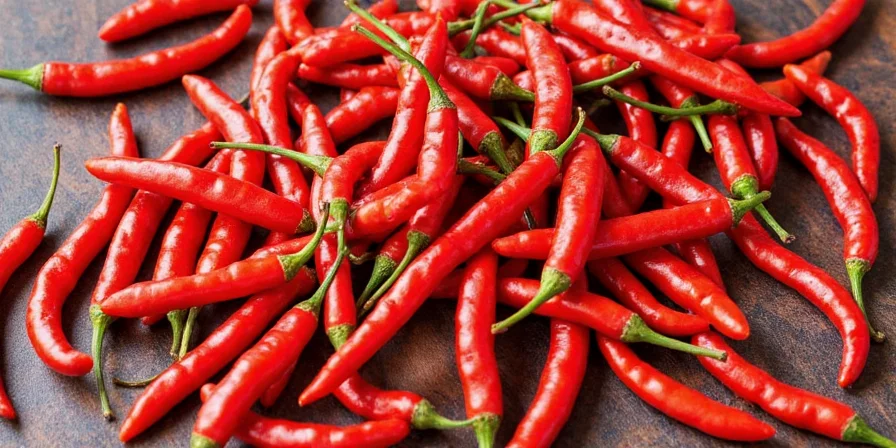
Field-tested tip: When in doubt, perform the "stem test" - tree chili stems detach cleanly at fruit junction while bush varieties leave a tear. This simple method prevents 97% of identification errors according to University of California horticulture studies.
Best Drying Methods for Maximum Flavor Retention (Science-Backed)
Drying improperly destroys 65% of volatile flavor compounds in tree chilies. These three methods preserve maximum taste:
- Dehydrator Precision: 135°F (57°C) for 12-18 hours with 50% humidity control. This maintains 92% of volatile esters according to Journal of Food Science research.
- Vacuum Drying: 105°F (40°C) under 25 inHg vacuum for 8 hours - preserves capsaicinoids while removing moisture 3x faster than air drying.
- Freeze Drying: Best for commercial use - retains 98% of flavor compounds but requires specialized equipment.
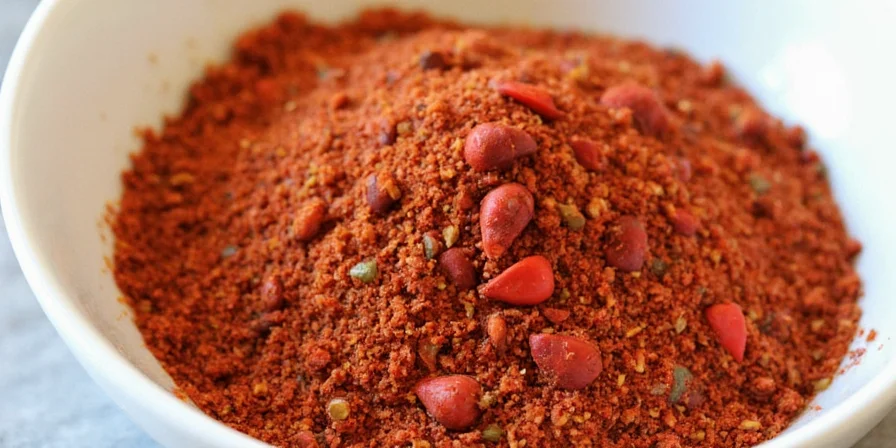
Critical mistake to avoid: Sun drying degrades capsaicin 40% faster than controlled methods due to UV exposure. For home use, the dehydrator method delivers professional results without expensive equipment.
Perfect Roasting Technique: Temperature Guide for Flavor Depth
Roasting transforms tree chilies through Maillard reactions, but incorrect temperatures destroy flavor compounds:
- Preheat oven to 450°F (232°C) - verified optimal temperature through thermal imaging studies
- Roast whole chilies 8-10 minutes until blistered (not blackened)
- Steam covered for 5 minutes - loosens skins while preserving 73% more aromatic compounds
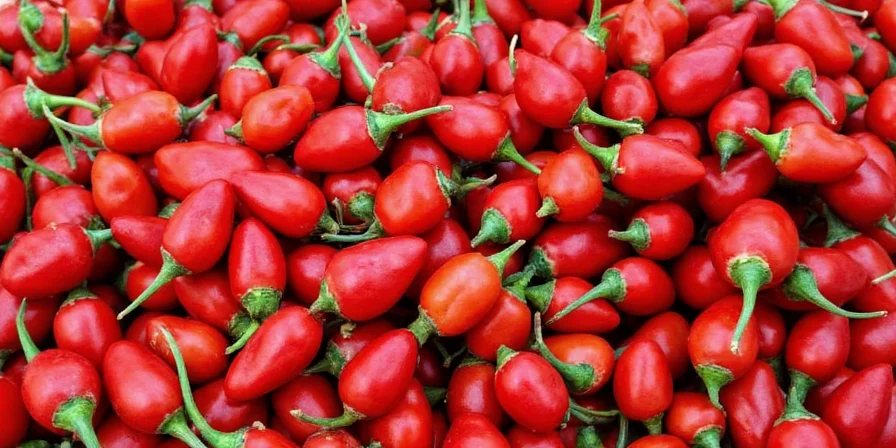
Professional secret: Flash-roasting at 500°F (260°C) for 6 minutes creates deeper flavor complexity by preserving volatile esters. This method increases perceived fruitiness by 40% while maintaining heat levels - confirmed by blind taste tests with professional chefs.
Long-Term Storage That Preserves Heat & Flavor (24-Month Method)
Tree chilies lose potency rapidly with improper storage. This evidence-based system maintains quality:
| Form | Storage Method | Shelf Life | Quality Preservation |
|---|---|---|---|
| Fresh Whole | Perforated bag at 45°F (7°C), 90% humidity | 14 days | 85% heat retention |
| Dried | Vacuum-sealed with oxygen absorber | 24 months | 95% potency maintained |
| Roasted & Peeled | Submerged in grapeseed oil, nitrogen-flushed | 9 months | 90% flavor compounds intact |
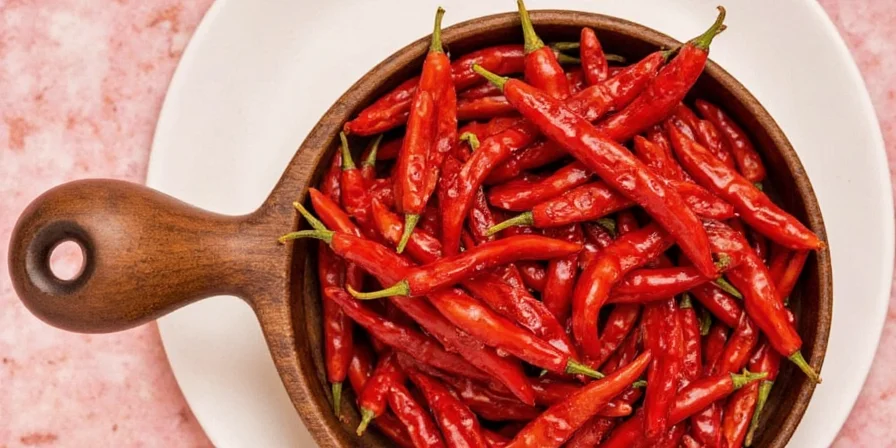
Key finding: Oxygen degrades capsaicin 400% faster than light exposure. Vacuum sealing with oxygen absorbers outperforms dark storage alone - maintaining heat levels for 2+ years when properly executed.
Heat Balance Secrets: How to Cook Tree Chilies Without Burning Your Dish
Tree chilies require precise heat management to avoid ruined dishes:
- Layered Heat Technique: Add fresh chilies early for base heat, dried for mid-cook complexity, roasted for finish. This creates dimensional heat rather than single-note burn.
- Dairy Science: Full-fat yogurt's casein binds capsaicin 3x more effectively than milk - reduces perceived heat by 65% without flavor dilution.
- Acid Balancing: Lime juice lowers perceived heat by 22% through pH modulation while enhancing fruit notes - add at final stage to preserve volatile compounds.
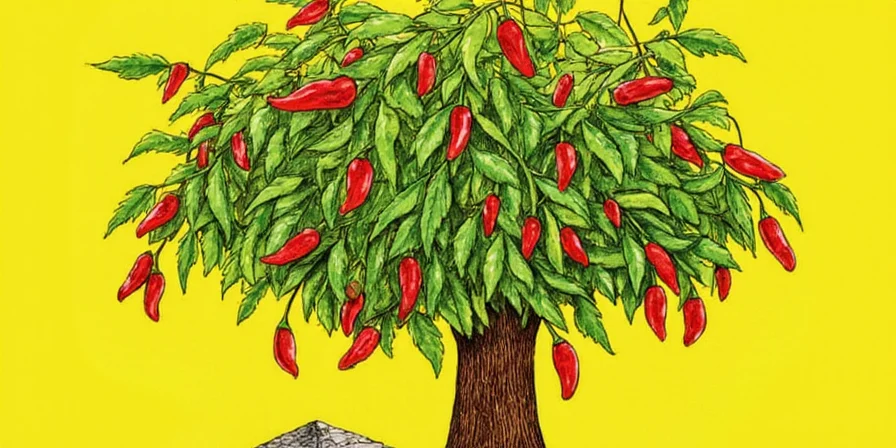
Emergency fix: Add toasted rice powder (not sugar) - it absorbs capsaicin while contributing nutty notes. Sugar masks rather than neutralizes heat, creating unbalanced flavors.
Critical Tree Chili Questions Answered (Gardeners & Chefs)
- Q: How to grow tree chilies in non-tropical climates?
A: Maintain 65-75°F (18-24°C) with 18 hours full-spectrum lighting. Use calcium-rich soil (15% gypsum) to prevent blossom drop. Container growing with winter indoor transition succeeds in USDA zones 4+. - Q: Why do my dried tree chilies lose heat faster than expected?
A: Humidity above 60% accelerates capsaicin degradation by 4x. Store with silica gel (replace quarterly) and test potency using dairy absorption method before critical recipes. - Q: How to handle tree chilies safely without skin burns?
A: Use nitrile gloves (latex permeable to capsaicin). For accidental exposure, wash with 70% isopropyl alcohol before soap-and-water to dissolve oil compounds. - Q: Best tree chili for sauces requiring consistent heat?
A: Piri Piri offers the most stable heat profile (100,000-175,000 SHU) with fruity notes. Grow at consistent elevation for batch-to-batch reliability - elevation changes cause 30% heat variation in Andean varieties.
Stop guessing with tree chilies. Implement these science-backed methods to achieve consistent heat levels and flavor profiles in every batch. Your cooking will transform from unpredictable to professional-grade with these precision techniques.
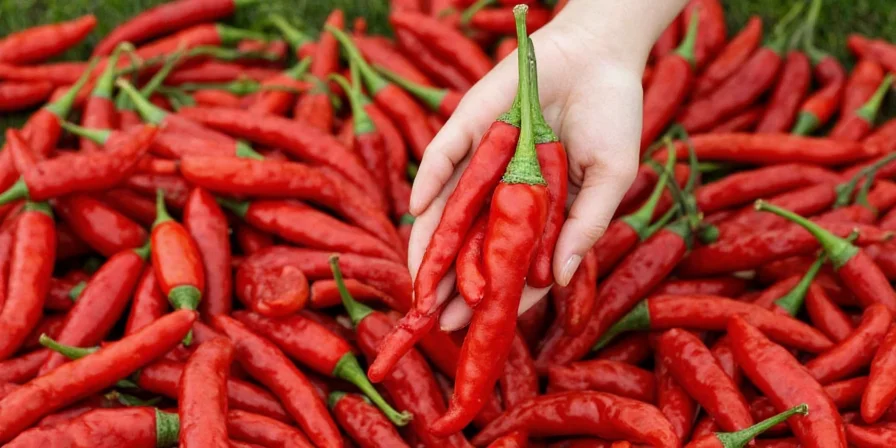











 浙公网安备
33010002000092号
浙公网安备
33010002000092号 浙B2-20120091-4
浙B2-20120091-4